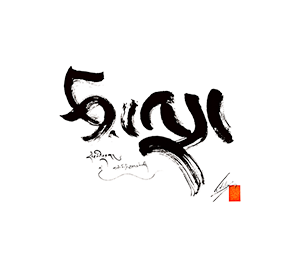(Created page with "{{PersonCall}}") |
No edit summary |
||
| Line 1: | Line 1: | ||
{{PersonCall}} | {{PersonCall | ||
|StopPersonRedirects=No | |||
|MentionedOn=Articles/On the Ratnagotravibhāga | |||
}} | |||
Latest revision as of 13:03, 1 October 2020
Sāramati
सारमति, 堅意
Sāramati, a Sankrit rendering of the Chinese name Jianyi, is credited with authorship of the Ratnagotravibhāga in the Chinese tradition. Little is known of this figure outside of Chinese accounts, which also attribute to him another work reportedly translated into Chinese as Dasheng fajie wuchabie lun and rendered into Sanskrit as the Mahāyānadharmadhātunirviśeṣa. However, neither the name Sāramati nor this latter work are attested to in any Indian sources. Several academics that initially worked on the Ratnagotravibhāga have equated Sāramati with the well known sixth-century Indian scholar Sthiramati, though this assertion has been contested in more recent decades and remains controversial.
Mentioned in
On the Ratnagotravibhāga
The Ratnagotravibhāga Mahāyānottaratantraśāstra is one of the main sources for buddha-nature theory in Indian and Tibetan Buddhism (in China, the Awakening of Faith was of much greater importance). This article summarizes what is known about the textual tradition, author, and date of its composition and translations.
Gardner, Alex. "On the Ratnagotravibhāga." Buddha-Nature: A Tsadra Foundation Initiative, September 12, 2018. https://buddhanature.tsadra.org/index.php/Articles/On_the_Ratnagotravibh%C4%81ga.
Other names
- Jianyi, Jianhui · other names
